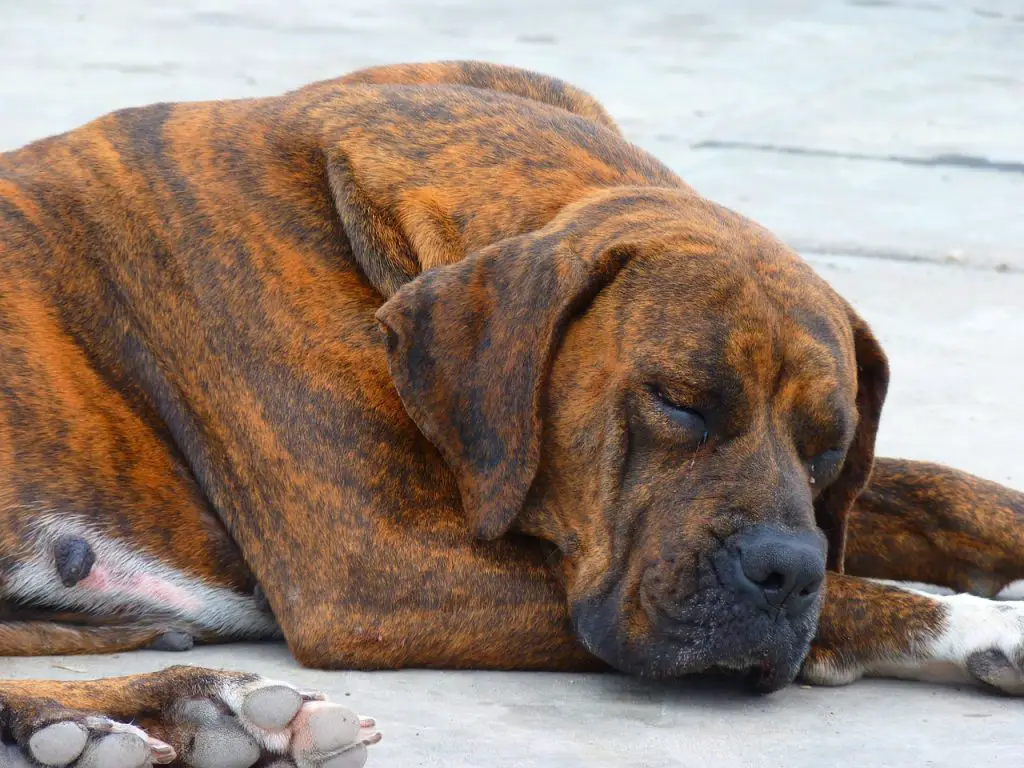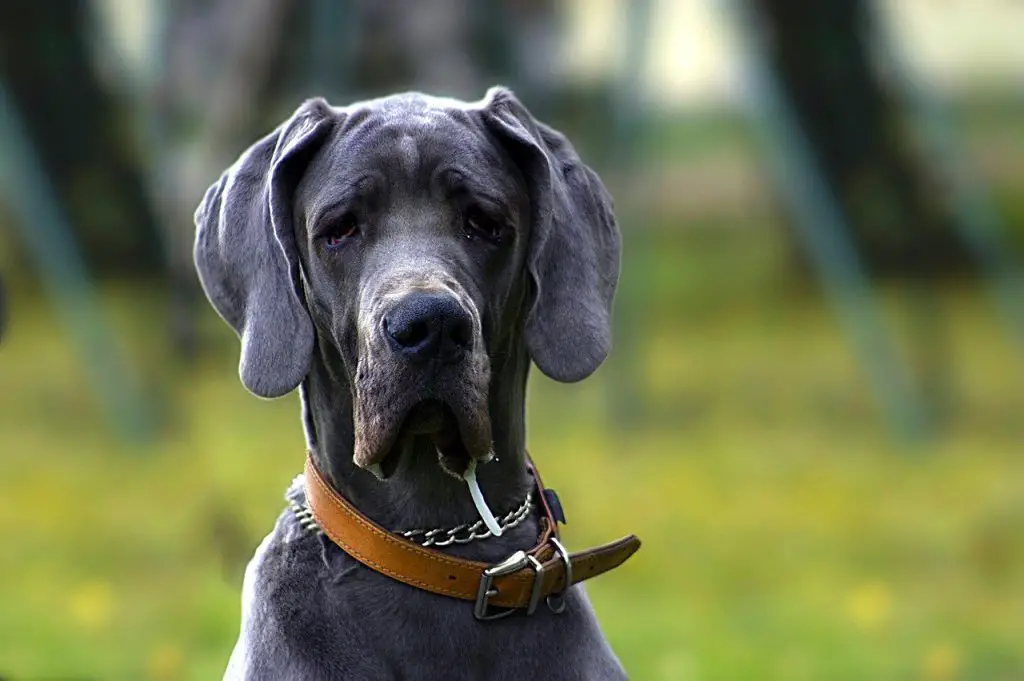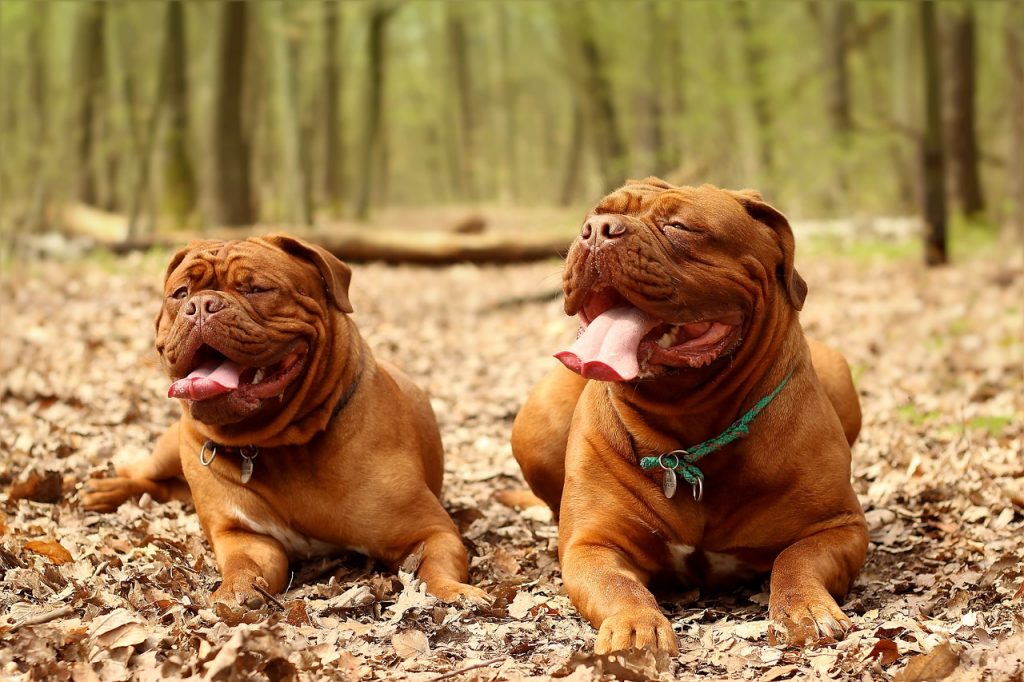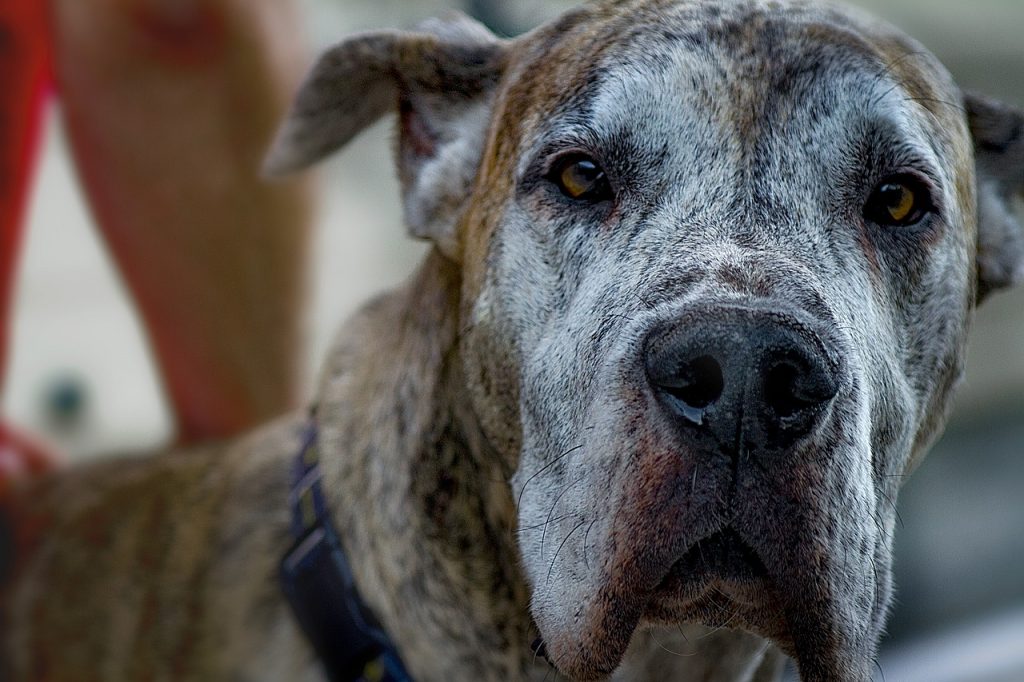The bigger the dog is, the shorter he/she lives. This is something most dog owners know, but they don’t know why. No one likes to lose his/her four-legged friend, we all want them to live with us as long as we live. Therefore, we are here today to clarify everything and tell you why larger dogs die younger.
According to a recent study, scientists think that larger dogs die younger because of the way large-sized animals use energy. And also, because larger dogs age more quickly and grow faster, which can lead to physical conditions that, most probably, impact their health.
Also, that doesn’t apply only to dogs! According to the American Veterinary Medical Association, pet rodents have a shorter life span than dogs. So, the average life span for the mice, rats, and guinea pigs is (1-3 years for mice), (2-4 years for rats), and (5-7 years for guinea pigs). So, as you can see, the larger the pet, the shorter they live.
So, let’s see what is going on and why.

Table of Contents
Why Larger Dogs Die Younger?
According to the latest researches in this subject, why large dogs die young, they found out that large dogs die young because they age faster. This study was made by fitting different models to death data 74 breeds of dogs, that concluded a very strong positive relationship between size and aging rate.
In fact, the size affected many other aspects, but the strongest effect was on the rate of aging; large dogs’ adult lives are running at a faster pace than smaller dogs. This leads to getting older faster, and also the risk of getting sick is way higher than for small dogs.
What are the 10 Most Common Health Issues for Large Dogs?
We all love out large dogs because of their big hearts and kind manners. However, because of how fast and they grow old, they can get sick very soon and often. And, usually, they need way more health care and regular checkups than small dogs.
Here’s a list of the most common health issues that you need to regularly check if you have a large dog.
- Hip dysplasia
- Elbow dysplasia
- Arthritis
- Wobbler syndrome
- Dilated cardiomyopathy
- Hypothyroidism
- Bloat
- Entropion
- Ectropion
- Cherry Eye

1. Hip dysplasia
It is a very common condition that happens to large dogs and can drastically reduce your dog’s quality of life, also eventually, it leads to unbearable pain for your poor large dog.
2. Elbow dysplasia
Most of the large dog owners, like Great Dane, know joint inflammation and how painful it can be for their dogs. So, a regular check on your dog’s elbow can save him/her from a very painful experience.
3. Arthritis
Usually, this disease is seen in senior dogs, it can affect their back, legs, hips, and more. It causes a lot of pain while moving, difficulty in lying down in particular positions, and it becomes almost impossible for your dog to jump or go upstairs.
4. Wobbler syndrome
According to the college of veterinary medicine of Ohio State University, Wobbler syndrome is a disease that affects the large dog’s spine in the neck region.
5. Dilated cardiomyopathy
This one affects the heart directly, most commonly seen in large dogs, it makes their heart so weak and pumping the blood normally throughout the body becomes a very hard job for your dog to do.
After a short period of time, you will notice that your dog started to breathe heavily, coughs a lot, and exhausted all the time.
6. Hypothyroidism
The hypothyroidism is a condition resulting from low thyroid levels in the body which affects all your dog’s organs. That can lead to obesity, mental dullness, changes in the dog’s coat and skin.
7. Bloat
The bloat is, according to the AKC-Canine health foundation, is a disease that affects the dog’s stomach in which the dog’s stomach dilates and food and gas cannot be expelled. In some cases, the stomach rotates and blocks the blood supply which causes death.
8. Entropion
Entropion affects the dog’s eye, it can cause eyelash or hair to irritate which leads to massive scratching in the surface of the eye that may result in dark-colored scars over the eyes.
9. Ectropion
Ectropion or the droopy eyelids is another eyelid abnormality that results in trauma, burns, and also exposure of tissue that lines the inner lids. Also, it is the opposite of
10- Cherry Eye
According to Wikipedia, the

How to Take Care of a Large Dog?
Large dogs require special care due to their size, health, and, as mentioned before, due to their life span. Therefore, here is how to take care of your large dog, and help him/her live a better life.
- Watch them grow.
- Train them well.
- Suitable items (collars, toys, and home)
- Learn how to take care of your large dog’s health.
1- Watch them grow.
One of the most entertaining and the closest things to all of the dog’s owner’s hearts are watching their dogs grow healthy. However, watching a large dog grow can be fun yet different from watching other small dogs grow.
Puppies in all sizes are goofy and silly, which is fun and sort of hilarious when it comes to small cute puppies, however, when a large puppy becomes goofy and playful he/she can hurt him/herself and others. So, you need to be careful while they are being themselves, and make sure that you have the right place for them.
2- Train them well.
Training is a very critical part of the large dog’s life. It is very important to train your dog well, and also to know the right training for him/her.
You need to start with simple training like when to stop, sit, stand come, and go. Then go with the more advanced training orders like some trick, how to stay safe, how to keep you safe, and also how to keep your home safe and clean by training your dog to not pee all over the place!
Here’s how to train your dog to not pee.
3- Suitable items (collars, toys, and home)
If you decided to own a dog, you need to know that you are responsible for everything he wants, needs, or likes. Suitable home, collars, toys, and healthy food are the most important things you need to pay attention to because your dog needs those stuff to grow up healthy and happy.
Home:
Homes are where the dogs stay most of the time, whether he/she is staying with you, or in his/her place. You need to keep his/her place clean.
And to do that, you might want to check out top recommendations for 2020 from here.
Collars:
Collars are very important for your dog’s safety inside and outside the house. So, yes, you need to make sure that you get your dog the right collar, and to do that, you need to learn more about collars from here, where you are going to find all that you need to know about collars.
And also, you might want to check our well-reviewed, up-to-date, and affordable collar collections from here.

Learn how to take care of your large dog’s health.
Last but not least, and also, one of the most important things you need to do for your large dog is taking very good care of his/her health by making the required regular checks, and taking the right decisions, even if those decisions are as hard as putting your dog to sleep.
Having a large dog with you is a blessing. Large dogs are known for their kind big hearts. But, they need extra care, so make sure you take good care of your big boy.
Related Questions:
What are the largest dog breeds?
According to the AKC, Great Dane is the largest dog breed, then comes Masstiff, Neapolitan Mastiff, Bullmastiff, Saint Bernard, Newfoundland, Cane Corso, Dogue de Bordeaux, Great Pyrenees, Bernese Mountain Dog, Tibetan Mastiffs, Black Russian Terrier, Leonbergers, Irish Wolfhound, and The Scottish Deerhound.

